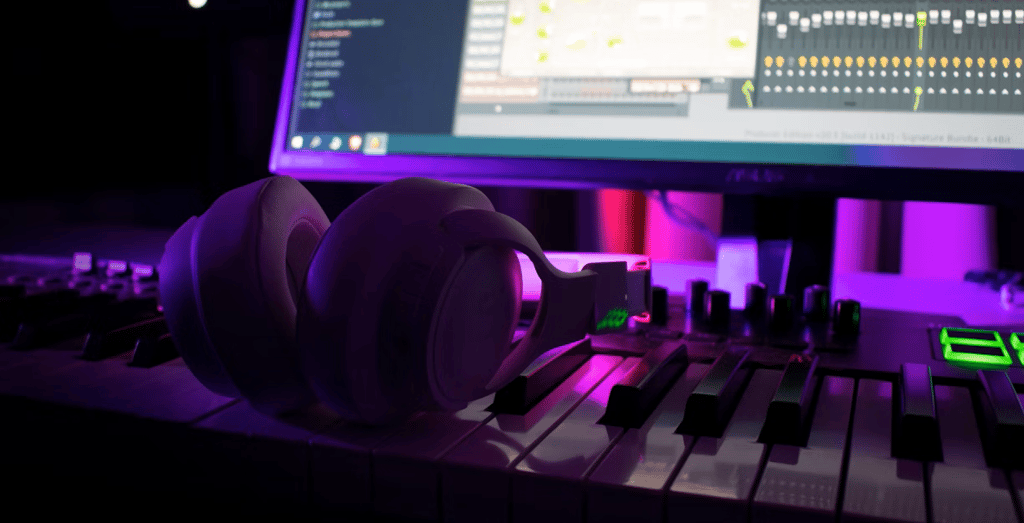Hardware vs. Software Synths: Which Should a Beginner Choose?
Pros and cons of starting with physical synthesizers versus virtual ones (VSTs).
EXPLORESYNTHESIZERS
Servo Sapiens


When diving into the world of music production, one of the first questions many beginners ask is: Should I start with a hardware synth or a software synth (VST)? Both have their strengths and limitations, and the right choice depends on your goals, budget, and workflow preferences. Let’s break it down.
Hardware Synths: The Physical Experience
Pros:
Tactile control – Turning real knobs and pushing physical buttons can make sound design more intuitive and engaging.
Inspiration factor – Many musicians find that working with a physical instrument sparks creativity.
No computer required – Great for those who want to focus solely on music without screen distractions.
Resale value – Quality hardware often retains (or even gains) value over time.
Cons:
Higher cost – Entry-level hardware synths start around $300–$500, and flagship models can run into the thousands.
Limited versatility – Each synth has a fixed architecture, making it less flexible than software.
Space requirements – Physical gear can quickly take up desk or studio space.
Maintenance – Hardware requires care, and repairs can be costly.
Software Synths (VSTs): The Digital Powerhouses
Pros:
Affordable – Many powerful software synths cost less than $200, and some (like Vital or Surge) are free.
Extremely versatile – You can experiment with endless sound design possibilities and effects.
Portable and space-saving – Everything lives on your laptop or desktop.
Instant integration – Works seamlessly with digital audio workstations (DAWs) and other plugins.
Cons:
Less tactile – Using a mouse or MIDI controller can feel less inspiring than hardware.
Computer dependency – You’ll need a decent machine to run software synths smoothly.
Overwhelm factor – The sheer variety of VSTs can be distracting for beginners.
Which Should You Choose as a Beginner?
If budget and space are major concerns, start with software synths. They’re affordable, highly versatile, and let you experiment widely before committing to a specific hardware sound. Paired with a MIDI controller, they can provide a semi-tactile experience without the financial burden.
If you crave a hands-on approach and don’t mind investing more upfront, a hardware synth can be a fantastic entry point. Models like the Korg Minilogue or Arturia MicroFreak provide immediate physical interaction that can deepen your understanding of synthesis.
Final Thoughts
There’s no wrong choice—many producers use both. Starting with software synths is often the more practical path, especially for those still learning the basics. As your skills and style develop, you can expand into hardware and combine the best of both worlds.
Tip: Regardless of your choice, focus on learning synthesis fundamentals (oscillators, filters, envelopes, LFOs). These skills transfer seamlessly between hardware and software.
© Servo Sapiens 2025. All rights reserved.